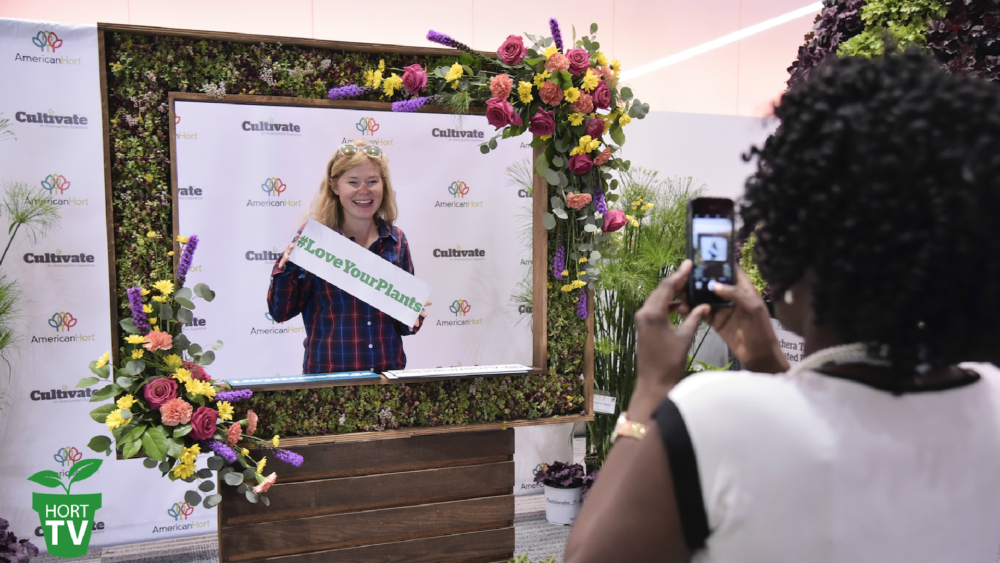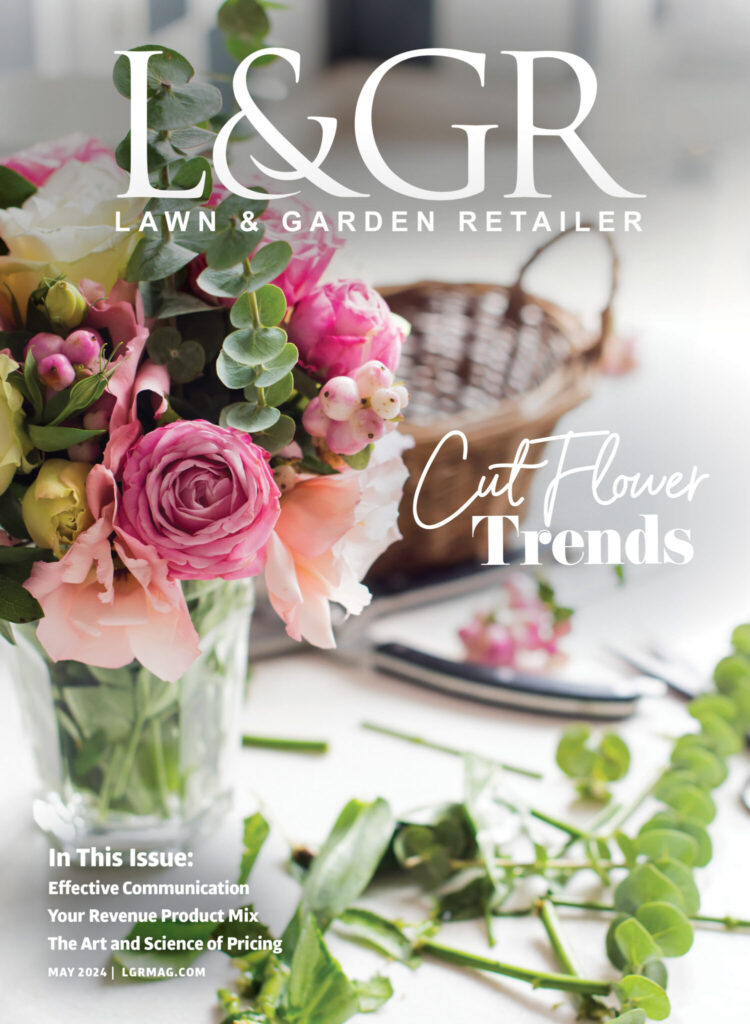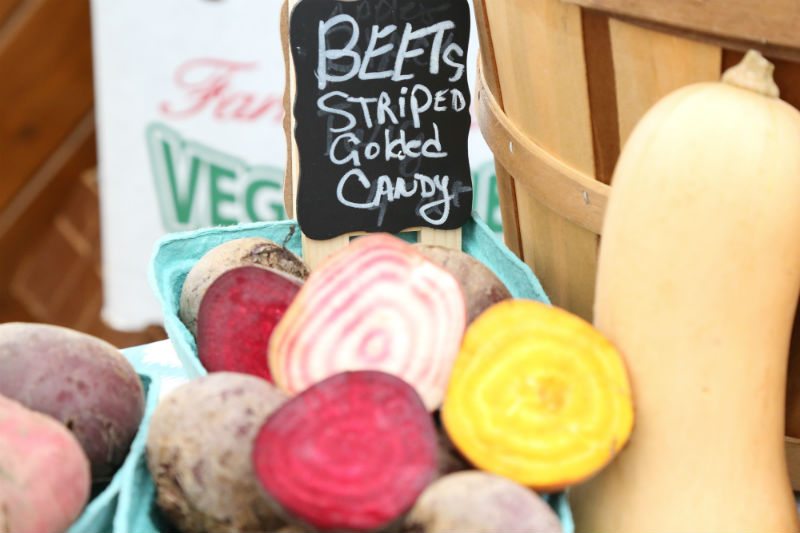
The Power of the Farmer’s Market
Garden centers are no longer places where shoppers just walk in, buy what they need and leave. They are becoming destinations and evolving to fit the needs of their customers.
Whether it’s a garden center introducing a farmers market, like East Coast Garden Center, or a farm that adds a nursery to its production, like Greensgrow, garden centers are showing customers what’s possible with their purchases.
As the local food movement continues to grow, the garden center-farmers market combination is bridging gaps in resources available to communities.
An Answer for All Seasons
East Coast Garden Center in Millsboro, Delaware, began as a growing division for RSC Landscaping. Owners Valery, Rick and Steve Cordrey had trouble finding a good plant selection locally, so they decided to grow their own. The nursery grows annuals, perennials, shrubs, trees and grasses. 
East Coast Garden Center has since grown into a destination, featuring more than 70 greenhouses, the Cordrey Center for events, the Enrichment Center for workshops and the East Coast Indoor Farmers Market, which offers fresh produce during winter months.
The idea for a farmers market began when Valery noted that a lot of the farmers markets in the southern Delaware area were open just in the summer. She thought about having a winter farmers market and inviting all the vendors that are able to sell products during the off-season, manager Melissa Dombrowski says.
The East Coast Indoor Farmers Market, hosted at East Coast Garden Center, is open every Tuesday from November through April to not conflict with other local farmers markets.
“When we started it we were really trying to fill the gap between seasons,” Dombrowski says.
The East Coast Indoor Farmers Market typically hosts 20 to 25 vendors, ranging from local farms to local businesses. Products include produce, jams, specialty teas and seafood.
It also features East Coast Garden Center’s own vegetables and herbs, including arugula, radish, chard and basil.
“Attendance has increased at the farmers market this year and the attendees do seem very interested in learning more about the farmers and how they grow the products they are consuming,” Dombrowski says.
She says edibles in general continue to gain in popularity, as more people want to know where their food is coming from. This trend has translated into increased sales for edibles at the garden center, with an increase of about 5 percent from 2014 to 2015, Dombrowski says.
Blueberries, strawberries and herbs are the top- selling edibles at East Coast Garden Center.
“Herbs are a great way to start out edible gardening since they can be easily grown inside or outside, so no house is too small,” she says.
An Urban Example
At Greensgrow in Philadelphia, founder Mary Seton Corboy remembers when she had a hard time getting customers to purchase items like kale, heirloom seedlings or cooking herbs.
Seton Corboy, a former chef, introduced herbs and edibles to their production that customers might not have been familiar with but would work for local restaurants.
Greensgrow began as an urban farm in 1997 when Seton Corboy noticed a lack of local produce being used at restaurants in the area during the middle of summer [when local produce is grown].
“It didn’t make sense,” says Seton Corboy. “I thought, ‘What if you had a way of getting farm fresh products to restaurants?’ And this was almost 20 years ago. There wasn’t a local food movement.”
Starting up an urban farm in the middle of Philadelphia, however, wasn’t easy.
When Seton Corboy began looking for land for the urban farm, she found that “land was a wreck or people didn’t want a farm there.”
Deciding to grow produce using hydroponics solved this land issue, and space was found in the Kensington neighborhood. In 2001, Greensgrow added the nursery and has since expanded to a second location in West Philadelphia.
“I get requests constantly to build new things all over the city,” Seton Corboy says.
She says the urban farm has become a national model.
A year after the nursery opened, Greensgrow added a farmstand and CSA — City Supported Agriculture, as Seton Corboy likes to call it “because we are an urban farm in the heart of Philadelphia.
“It just totally made sense, whether you’re a farm that sells flowers or a nursery that sells food,” Seton Corboy said. “It’s more than just a shopping crossover. We live in a world that is surrounded by cement and we’d like to see beauty in it. And beauty to us comes in the way of plants.”
The nursery offers everything to get a garden started and to keep your garden growing, Seton Corboy says. Visitors can get their hands on a variety of products, from lemon trees to 18 to 20 different kinds of hot peppers and seasonal items like Christmas trees and Easter plants.
“We’re always hoping to improve our line as our gardeners start to grow,” Seton Corboy says.
Although similar, managing the farmstand and nursery can be challenging during overlapping seasons.
“You need to know your audience, your demographic and your market,” Seton Corboy says. “[The farmstand and nursery are] not exactly the same, so you need to have an educated workforce that knows both, especially during that really busy crossover season.”
The farmstand operates year-round, open on Thursdays and Saturdays from late May to mid-November and select Saturdays from mid- November to mid-May. Products include “Greensgrow Grown” produce, “Greensgrow Made” prepared food and products from farmers within 150 miles.
“In our CSA people were mad at us for getting kohlrabi, Brussels sprouts, collard greens, dandelion, cilantro. Now they beg [for it],” Seton Corboy says.
About five years or so after creating the nursery and farmstand, Seton Corboy started noticing customers were asking for specific plants and edibles.
“Our constant contact and relationships with the chefs in town has allowed us to follow and lead,” she says. “It’s an important role keeping our regional farmers up to date on the ever changing urban demographics and interests.”
Knowing Your Customers
Both East Coast Garden Center and Greensgrow offer vendor information on their websites, so customers can learn more about where the farmers markets’ products come from and how they are made.
Aware of their unique locations, each farmers market has taken the time to get familiar with their customer base and created initiatives to reach out to them.
Seton Corboy says Greensgrow serves low-income and other underserved neighborhoods throughout Philadelphia. So income from the CSA and nursery is used to fund projects like Greensgrow’s Mobile Market.
The idea came from one of Seton Corboy’s chief associates who noticed the demand after taking what they harvested from their own garden and distributing it to their senior neighbors.
Greensgrow takes its mobile markets to a senior center located next to its main location and to underserved neighborhoods in the area.
“We would fill up a wagon, literally a little red wagon, and have a market day,” Seton Corboy says of the mobile market’s beginnings.
Educational classes are offered along with the mobile markets, with a Greensgrow staff member going to the senior center earlier in the week to present information on how to prepare the fruits and vegetables they purchase.
“We introduce a lot of people to gardening,” Seton Corboy says.
Greensgrow also offers workshops to show customers what they can do with their edibles and flowers in their urban setting. Topics include how to grow, cook and store produce, and how to make flower arrangements or build window boxes.
Greengrow even offers consulting and design services for urban and retail “curbside beautification.”
For the East Coast Indoor Farmers Market, Melissa Dombrowski says with the farmers market operating on a weekday from noon to 3 p.m., most customers are around 45 to 60 years old.

“I have seen a few younger people there with their children,” she says. “So some [Millennials] who are available on Tuesdays do swing by the market.”
East Coast Garden Center caters to these two groups by offering 10 percent off plant purchases on Tuesdays for customers 50 years and older, and on Sundays for customers under the age of 35.
“Many of our vendors participate in other farmers markets too, so the vendors help spread the word of our location,” Dombrowski says.
To reach the widest audience, East Coast Garden Center uses all forms of media, new and old, to reach out to potential customers.
The garden center uses traditional media like newspapers and radio for advertising. Valery also hosts a gardening show on the radio, where she invites vendors to talk about their products and how the customers can purchase them at the East Coast Indoor Farmers Market. And for those Millennials and others, East Coast Garden Center uses Facebook to spread the word about everything it offers.
“They can see what we have going on during the market for demonstrations and live music and tell people about the market event if they cannot attend,” Dombrowski says.
Given Greensgrow’s urban setting, Seton Corboy says they are able to pull in a wide range of customers. But she says there hasn’t been one way of reaching customers that has worked better than others. 
“We haven’t found that there’s a simple marketing way to go,” Seton Corboy says. “You have a segment of your population that’s very engaged in social media, and you have to go through very traditional methods like going through pastors at churches and putting up fliers.”
Seton Corboy says Greengrow is intended to be a destination. “We want it to be something that the whole family can be involved in and enjoy,” she says. “You want your farmers market to be a destination for people. You don’t want them to rush in, buy a tomato plant and leave.”




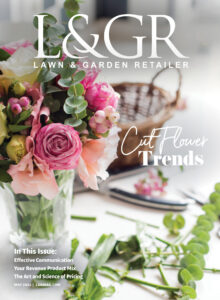
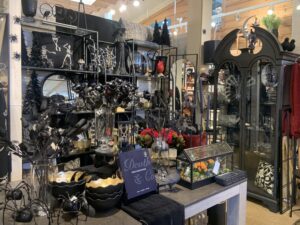
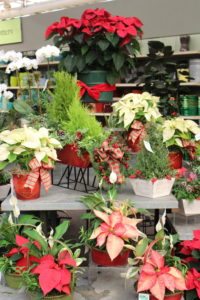
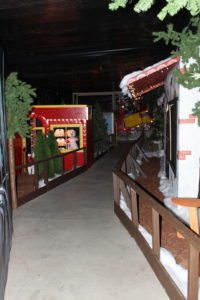
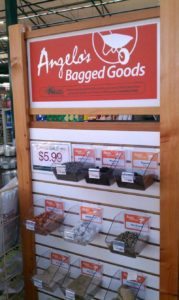
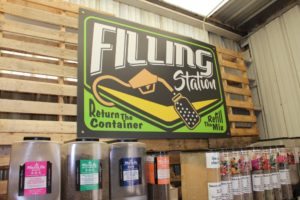
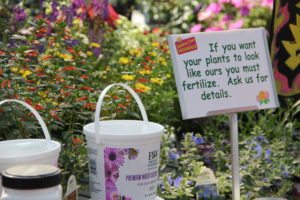
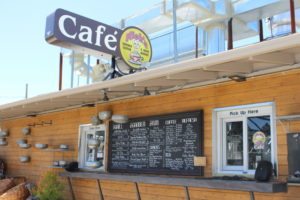
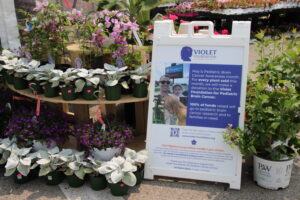
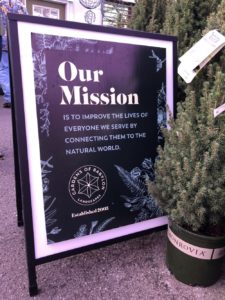
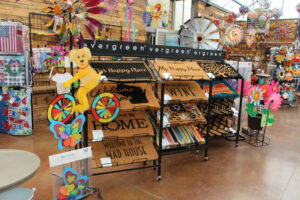
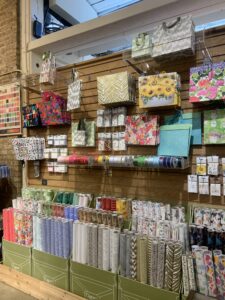
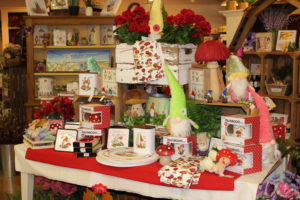
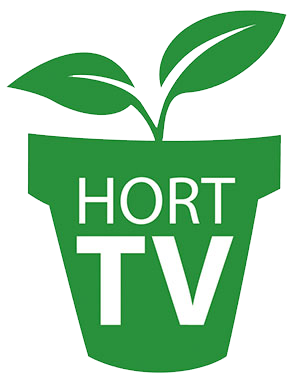 Videos
Videos
